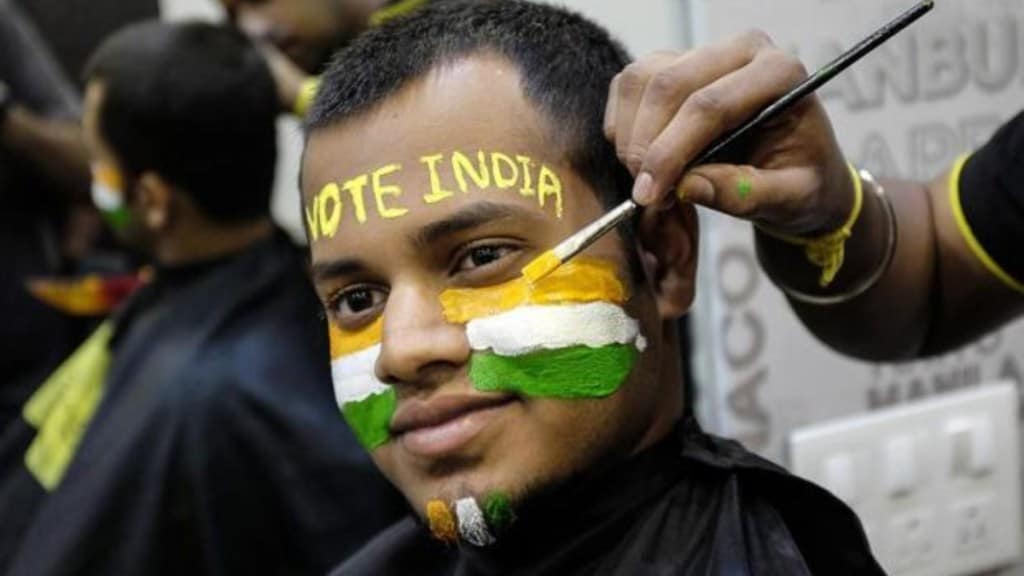India may have moved closer to a ‘One Nation, One Election’ scenario, or so the latest move by the Narendra Modi government suggests. The Centre has formed a committee, headed by ex-President Ram Nath Kovind, which is set to explore the possibility for the system. A report by the committee is likely to be discussed during the special session of the Parliament scheduled to convene from September 18-22. One of the most important arguments often cited in favour of the ‘one nation, one poll’ routine is the huge cost of elections in the country.
Most expensive election in the world
Rs 5,50,00,00,00,000 – That’s the amount India spent on the last Lok Sabha Elections. The Rs 55,000-crore bill for the 2019 general elections was more than what the US spent on its 2016 Presidential polls, according to a report by the Centre of Media Studies.
While the US saw a poll spending of $6.5 billion in 2016, India on the other hand, saw a staggering poll expenditure to the tune of $8 billion in 2019. The Centre of Media Studies said that almost half of it was spent by the BJP.
The rise and rise of poll expenditure
Over the years, there has been a steady increase in the poll expenditure. The CMS report stated that from the period between 1998 and 2019 saw a six-fold increase in poll expenditure – from Rs 9,000 crore to Rs 55,000 crore. From intense social media campaigns to old school poll rallies to advertisements in traditional print and electronic media, political parties have been splurging big money.
What official numbers say
While money is being spent on an unprecedented scale, the official records show a different story. In 2022, the Election Commission published the spending by both the BJP and the Congress in five Assembly elections – Punjab, Manipur, Uttar Pradesh, Goa and Uttarakhand. According to an EC report, the BJP spent Rs 340 crore on the poll campaigns in these five states, while Congress spent Rs 190 crore. Experts say that these are the figures that the parties submit to the poll panel. But the actual cost of campaigning is much higher.
One nation, one election: Easier said than done
The 2019 poll expenditure showed that $8 was spent on each voter in a nation where more than half of the population lived on $3 per day. So, is holding all elections simultaneously an answer to curb election inflation? This is not a magic pill exactly. Prime Minister Narendra Modi has voiced his support for this idea time and time again. He said this from the ramparts of the Red Fort, expressed his concerns over low voter turnout on the National Voter Day, spoke about ‘new policy, new process’.
But apart from a bureaucratic overhaul and logistical nightmare, one of the major hurdles for this concept is the political uncertainty. Till 1967, India did have simultaneous elections. But political instability – both in the states and at the Centre – have resulted in a separate poll system. In fact, in many cases, the BJP has been the cause of the political instability – cases in point – Madhya Pradesh, Goa and Maharashtra. In fact, the Central governments have also seen a tumultuous past. As many as 17 Lok Sabhas have been dissolved before their schedules since 1952.

